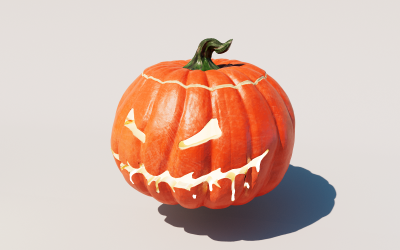

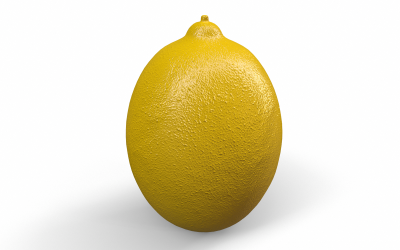
Lemon GameReady Low-poly 3D model by Dofaco
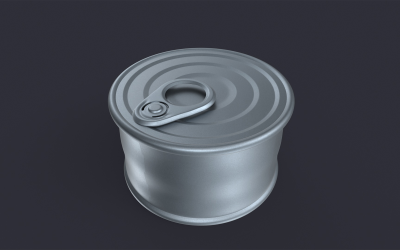
Metal Can High Poly 3D model by Dofaco

Special Chocolate Low-poly 3D model by Dofaco
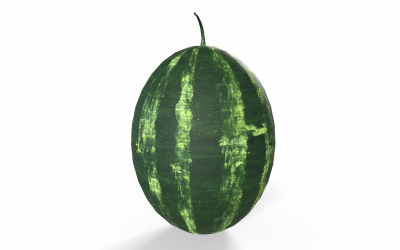
Watermelon Low-poly 3D model by Dofaco
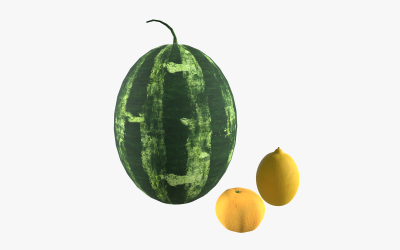
3 Fruit Pack Low-poly 3D model by Dofaco
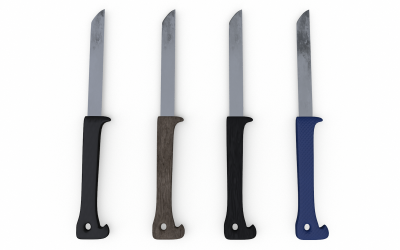
Fruit Knife Low-poly 3D model by Dofaco
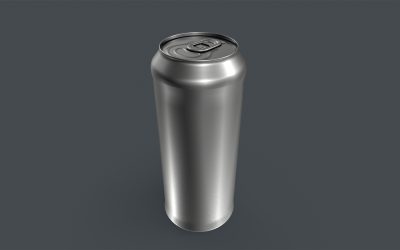
Beverage Can Low-poly 3D model by Dofaco
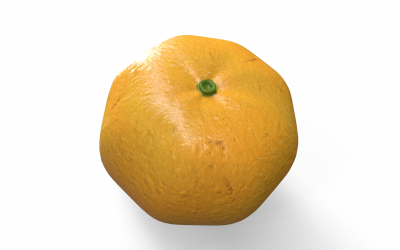
Orange Low-poly GameReady 3D model by Dofaco
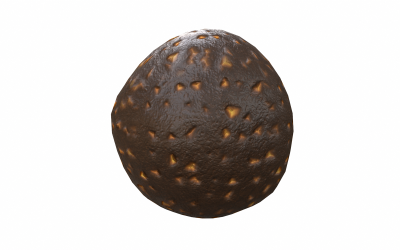
Chocolate bomb Low-poly 3D model by Dofaco
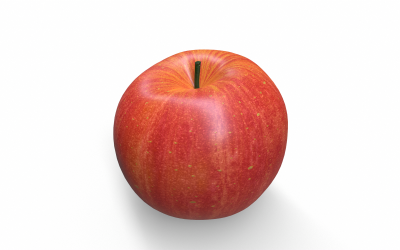
Apple fruit Low-poly 3D model by Dofaco
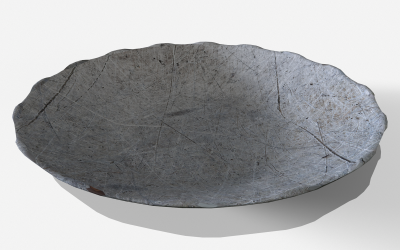
Food Plate Low-poly 3D model by Dofaco
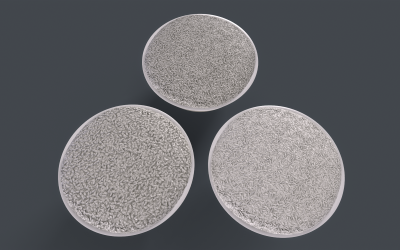
Rice bowl Game Ready 3D model by Dofaco
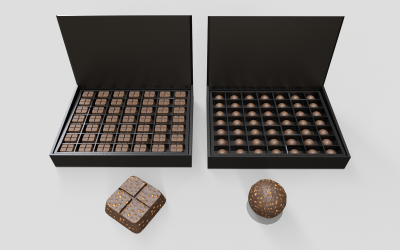
Chocolate Pack Game Ready 3D model by Dofaco
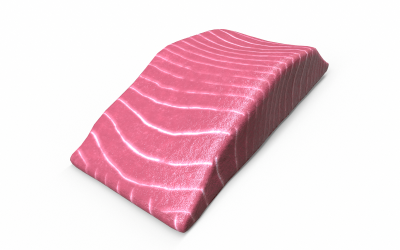
Fish Meat Low-Poly 3D model by Dofaco
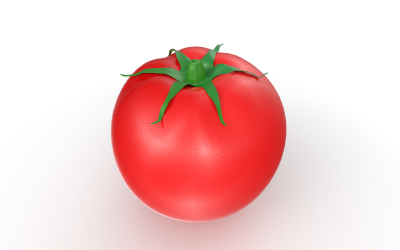
Red Tomato Low-poly 3D model by Dofaco
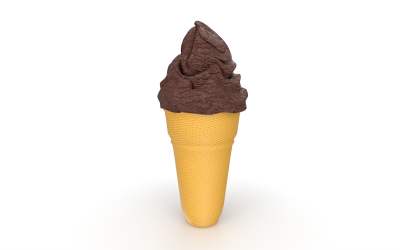
Ice Cream Cone Low-poly 3D model by Dofaco
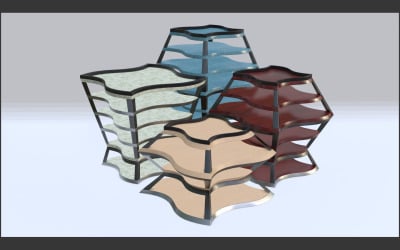
Presentable Storage made of various materials by vova12zx
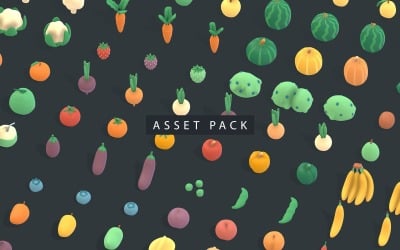
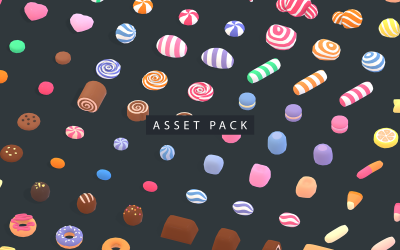
Efenby - Food & Beverage 3D Icon Set by Illustraly
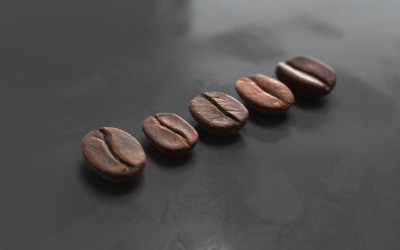
Coffee beans 3D Model by GizArt
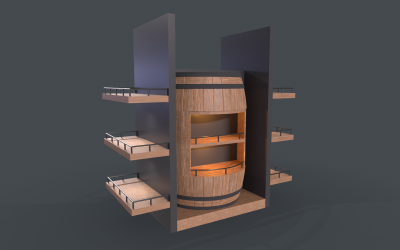
Whiskey barrel stand 3D model by Dofaco
Holiday - Christmas 3D Icons by paxel16
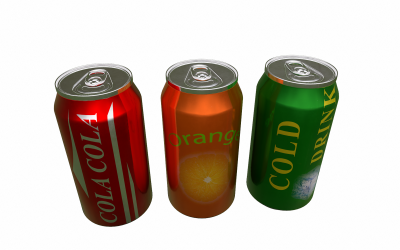
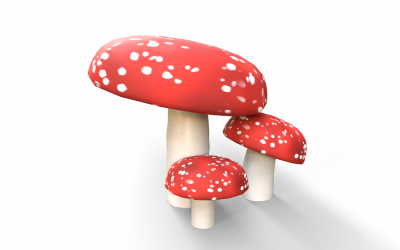
Red Mushrooms Low-poly 3D model by Dofaco
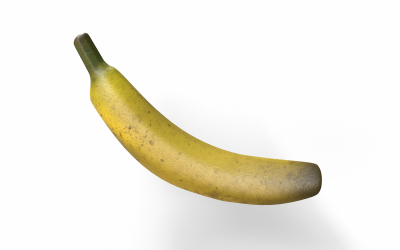
Banana Low-poly Game Ready 3D model by Dofaco
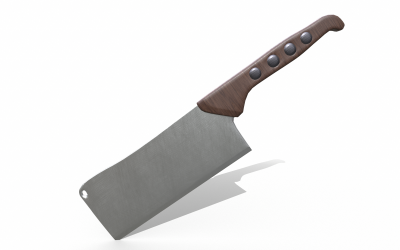
Meat Chopping Knife Low-poly 3D model by Dofaco
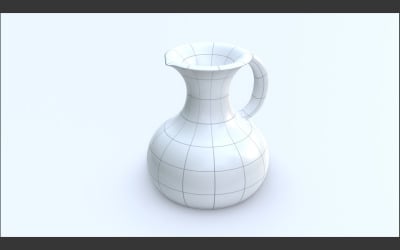
Water Jug made of ceramic by vova12zx
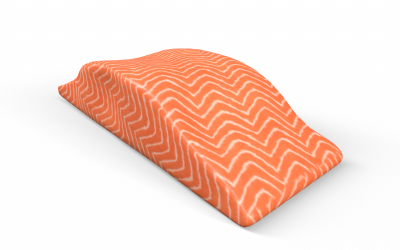
Salmon fish meat Low-poly 3D model by Dofaco
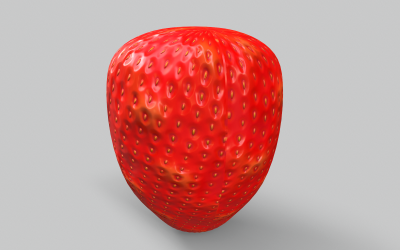
Strawberry Low-poly 3D model by Dofaco

Supermarket by denlog
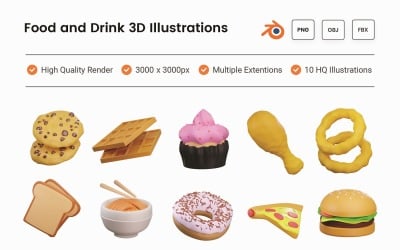
Food and Drink 3D Illustration Set by StringLabs

Supermarket 3D model by denlog
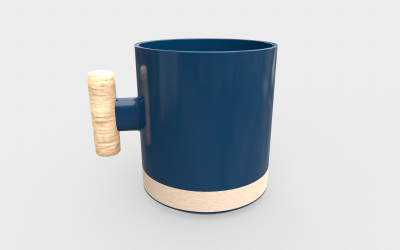

Cheese 3D High Poly Model by Dofaco
5 Best Best Food 3D Models 2024
| Template Name | Downloads | Price |
|---|---|---|
| Coffee beans 3D Model | 3 | $16 |
| Strawberry Low-poly 3D model | 0 | $17 |
| Red Mushrooms Low-poly 3D model | 0 | $13 |
| Banana Low-poly Game Ready 3D model | 0 | $15 |
| Salmon fish meat Low-poly 3D model | 0 | $21 |
Savor the Future with Revolutionary Food 3D Models
New products must have a strong visual appeal to succeed. Aesthetics plays an important role in food marketing. First impressions set our expectations, so we tend to act accordingly. As highly visual beings, we tend to form opinions about nutrition based on how it appears. There are a variety of modern methods for displaying appetizing meals. Using 3D modeling software, we can create photorealistic virtual versions of our favorite meals. New technologies include revolutionary approaches to modeling food in three dimensions. Chefs and nutrition companies can use food 3D models to make more complex and aesthetically pleasing dishes. Also, these aesthetically beautiful templates can be used in education, nutrition, virtual reality, and marketing spheres. Providing a highly realistic and detailed representation of a meal item is why this content is so important.
Consider purchasing premium quality templates on trusted marketplaces. It helps to create beautiful and aesthetically pleasing commercial projects. Take a closer look at the Templateog体育首页 platform. According to the customers' feedback, it’s the best place to purchase these models.
What Is a 3d Model?
A "3D model" is a digital representation of a three-dimensional object or scene. It is typically made with dedicated computer software. Aside from the apparent product design and development applications, 3D models also find use in architecture, animation, and even video games. A collection of vertices, edges, and faces represents objects or scenes in a 3D model. These components are collected into a digital file to facilitate manipulation and multi-perspective viewing. There are a few distinct categories of 3D models, the most common of which are polygonal, NURBS, and procedural. They possess unique advantages and disadvantages, and some may be better suited for specific uses than others. Printing three-dimensional models have significantly grown in popularity during the last few years. This technology allows for the rapidly producing complex, one-of-a-kind items from digital blueprints.
What Are 3D food models?
"3D eating model" refers to digital representations of meals made with 3D modeling software. They look like the real thing, down to the texture and coloring. People can easily create nutrition 3d models by modifying digital items in specialized modeling software. These eye-catching web assets are often used to conceptualize and fine-tune the final product before going into production. Many entrepreneurs and small businesses can utilize 3D food models to generate prototypes and test various design alternatives. As a whole, these models are valuable for use in diverse business spheres. They offer a realistic and thorough picture of a food item that can be utilized for various business needs. People can easily use these web assets to design commercial and non-commercial web projects.
What Are the Use Cases of 3D Nutrition Models?
The food business is only one of several that has benefited from advancements in 3D printing technology. Unlike conventional cooking processes, 3D nutrition printing enables one to make dishes with complex and innovative shapes and textures. These premium web assets have many use cases. Professional marketing experts defined the most crucial niches where individuals may use these digital materials.
- Product design. These models are significant in the niche of product design. New meal items and advertisements are created and refined with the help of this digital content. It enables aesthetic and practical testing of designs before they move into mass production.
- Visualization. Comprehensive and accurate renderings can be used to envision nutrition goods, letting users view the final product before it is manufactured. Restaurants, photographers, and eating decorators can benefit from this while conceptualizing and carrying out their creative processes.
- Marketing. Advertisements and marketing campaigns can benefit from the use of these web assets. This digital content can successfully provide more visually appealing presentations of nutrition products. By doing so, businesses can create compelling images of their products to entice potential buyers.
- Education. Culinary schools can benefit from these models by using them to instruct students on proper plating and demonstration. In this way, students can gain a more profound familiarity with the processes and ideas behind preparing appetizing and satisfying meals.
- Innovation. Popular 3D eating templates can be used as a jumping-off point for experimenting with innovative methods of meal design and development. This opens up a world of possibilities for chefs and nutrition designers to try out new combinations of ingredients and techniques. Before putting them into practice in the real world, this can be done in a virtual environment.
What are the Benefits of Using Food 3d Models?
The adoption of 3D technologies has skyrocketed across sectors in recent years. The nutrition business is no different. The use of 3D models of tasty food has also increased. These designs have been put to use in a wide range of contexts. Entrepreneurs like using these food 3d themes because they have many helpful features. Pay attention to these features in the below-given checklist:
- Appropriate visual demonstration: These illustrations of an eating item are extremely precise and detailed. They assist professionals in presenting their offerings in the best possible light and provide customers with a more accurate picture of what they can anticipate.
- Enhanced product development. These models can be used to test and refine product designs, allowing manufacturers to make necessary adjustments before production. This can result in more efficient and cost-effective product development, as well as a higher quality end product.
- Increased customer engagement. Use these web assets to develop user-friendly, attention-grabbing interactive content. These designs can be embedded in apps and websites. They successfully provide additional options for customers, such as the ability to alter their order or view projects’ details.
- Cost-effective advertising. Producing natural meals for promotional purposes can be time-consuming and costly. A less expensive option is using 3D food themes. Advertising campaigns can make use of these models to showcase products in photorealistic detail without actually producing any physical goods.
- Innovative technologies. The state of 3D modeling technology is constantly changing. It opens the door for innovative approaches and artistic expression. Entrepreneurs can experiment with modern techniques and expand the horizons of nutrition design by using 3D food templates.
Utilizing these themes has numerous advantages. All entrepreneurs can use these web assets. Working with these themes doesn’t require a lot of skills and knowledge. Consider purchasing premium quality templates on trusted marketplaces.
How to Choose the Best Food 3d Model for the New Project?
Working with high-quality digital materials can be tricky. There is a variety of food 3d templates that can be purchased online. This is why a group of experienced marketers put together the following checklist. Examining this data can aid in the development of premium web projects:
- Identify the goal of the project. Understanding the project's goals is crucial before choosing a 3D model. This is very important before starting a new web project. Do you work on projects in the eating sphere, marketing, gaming, or education? In this case, entrepreneurs need different types of food 3d themes.
- Assess the required detail level. Consider how much specific information you'll need for your work. While some 3D models might be realistic and detailed, others can be more generic or simplistic. Depending on your requirements, you can favor a more thorough or less thorough model.
- Estimate the quality. Try to seek premium 3d models. These models need to be accurate and lifelike. Models with poor-quality design harm the quality of the overall project. Ensure paying attention to this important aspect while working on the new commercial project.
- Check the licensing. Examine the license and usage permissions for any content you want to utilize. There might be some differences between commercial and non-commercial use. For example, some models may be accessible for non-commercial use. Other content requires a one-time payment.
According to the statistics, it’s essential to think thoroughly before creating a new project in the nutrition sphere. Ensure choosing the best content purchased on premium quality online marketplaces.
Types of the Food 3d Models
The use of 3D models has transformed many sectors in recent years. There is no escaping this trend in the food manufacturing sector. The content's usefulness extends far beyond the realm of simple advertising and product development. Specialized computer software is used to construct these themes. These are so precise that they look like the real thing you'd find in the kitchen. The most popular categories of 3D food models will be covered in this checklist. Consider checking these models before working on a new project:
- Simplified models. More generic depictions of eating products are known as simplified models. This content is intended to be immediately recognized. However, it might not have as much detail as genuine models have.
- Animated models. Models can be animated to move and alter in appearance during presentations or visualizations. They are frequently used in commercials, packaging, and how-to tutorials.
- Realistic models. Comprehensive models are exact and natural reproductions of actual nutrition products. They are widely applied in industrial design, marketing, and food studies.
- Interactive models. Models that encourage user participation and exploration are called "interactive." They see widespread deployment of in-app forms, particularly those designed for mobile devices and the web.
- Augmented reality models. Food-related augmented reality 3D models are made to be viewed in the real world with the help of a smartphone or an augmented reality headset. They are often utilized in advertising and promotion.
- Customizable models. Users of configurable 3D models can alter their appearance. They can change their hues, materials, or even their composition. Ensure using these themes to create interesting commercial projects.
Lastly, these web assets can be used in many other contexts. Digital assets like this have wide-ranging applications in product design, advertising, and marketing. These models are so accurate that they can captivate the customers' attention. Modern 3D nutrition modeling is bound to improve as technology advances.
What Are the Main Steps of Creating 3D Eating Models?
Making 3D replicas of food is a fun and fresh approach to promoting meals and beverages. With rapid technological advancements, these web assets became more useful in many spheres. Making these models may be complicated and requires expertise with 3D modeling tools. The fundamentals of creating these themes are showcased in the below-given checklist:
- Conceptualization. The first thing that needs to be done is to develop an idea for the 3D food theme. Figuring out the model's general appearance and feel, in addition to its usefulness, is part of this vital step.
- Modeling. The following stage entails the creation of the design through the usage of specialized tools. As a rule, individuals like using the 3d Studio Max or Blender. People develop the fundamental contours and frameworks of the meal item during this crucial step.
- Texture mapping. After the model has been constructed, different colors and textures are applied to the surface areas to give it a more lifelike appearance. At this step, the surface of the 3D model will be textured with details such as bumps, scratches, and other imperfections.
- Lightning. The next step in developing a realistic model is to add lighting. It’s beneficial for achieving the best results with the project. Make the necessary adjustments to their brightness, hue, and position to achieve the desired effect.
- Rendering. Creating a rendering of a model is the very last stage. This entails putting the model through a series of processes using specialized software to produce an image or animation of superior quality.
To create realistic models, people need specialist knowledge and appropriate software. It can help create appealing and natural 3d designs of food and beverages. These web assets can be used for various business and non-commercial purposes.
What Are the Main Tools for Creating 3D Food Models?
Artists and designers have always found many ideas in the culinary world. Making visually beautiful and realistic 3D models of food is now easier than ever, thanks to advancements in 3D modeling technology. Whether it's a cookbook cover, a restaurant menu, or food-themed marketing, 3D nutrition models add realism and interest. Here are the primary tools for creating these eye-catching and effective web assets.
- 3D Studio Max. It's a popular professional tool for creating 3D models. It provides many options for working with 3D models, including tools for creation, modification, motion, and visualization.
- Blender. Blender is a popular free and open-source 3D modeling software. It provides numerous options for modifying 3D models regarding shape, texture, and final presentation.
- Maya. It is a popular and powerful 3D modeling program among professionals. It provides many options for working with 3D models, including creating and animating scenes, adding textures, and generating the final product.
- ZBrush. ZBrush is a popular choice for digital modeling because of the outstanding quality of the 3D models it creates. It provides many options for working with 3D models, such as sculpting, texturing, and painting.
- SketchUp. Architects and interior decorators alike have found value in the 3D modeling capabilities of SketchUp. It has a wide selection of tools for making simple and complicated models.
It's essential to consider the project's requirements and the user's skill level when deciding which tool to utilize. To make a 3D model of your favorite foods, you need a simple program with all the necessary capabilities.
What Are the Pros and Cons of Using Nutrition 3d Models?
Since its inception, 3D printing has found numerous uses, one of which is in the nutrition industry. Additive manufacturing allows us to make appetizing 3D models. It's the method of building three-dimensional foods by stacking individual layers of components. The use of 3D models has many benefits, but it also has some potential downsides. Consider checking the list of its pros and cons:
Pros of using the food 3d model:
- Visual appeal. They can portray the culinary item in a way that is accurate and visually appealing. These digital materials have a positive impact on sales numbers.
- Cost-effective. The expense of making these kinds of themes can often be lower than those of more conventional methods of making photographs or videos. That's especially true for complicated or heavy objects.
- Time-saving. It's possible to make a nutrition model in less time than it would take to take photos or make a film. In particular, when it's necessary to manufacture several distinct product variants.
- Customization. It's simple to showcase several product configurations with these web elements. These themes can be modified in several ways, for as by choosing a unique color scheme, shape, or size.
- Accessibility. These web assets can be shared online easily. Even consumers with low experience can easily do it. It makes them more accessible to a broader audience of potential clients.
Cons of using the food 3d model:
- Hardware requirements. Creating premium quality web assets can be pricey for some people. It requires expensive software. This can be a painful issue for many potential users.
- Realism. One more obvious advantage is the realism of these web assets. It’s possible to create realistic designs of these themes. However, it is not guaranteed that these representations will precisely capture the actual product's texture.
- Learning curve. The process of creating these digital materials can be unavailable for some people. That’s because it requires competence in appropriate technology and specialized software.
What Are the 5 Best Food 3d Models People May Look For
- Cheese 3d Model - This is a great digital design that is a realistic representation of cheese. The model's surface is professionally designed to reflect the texture and attributes of a piece of cheese. It is created with millions of polygons to satisfy the needs of the most demanding customers.
- Beef steak 3d model - It is a streamlined illustration of a beef steak created digitally. The model may incorporate fundamental characteristics of the steak. These characteristics include form, structure, and coloring. People can use this model in gaming, product visualizations, etc.
- Ice cream cone 3d model - Another attractive model is a digital representation of the ice cream cone. This is a beautiful piece of design created by professional computer programs. It makes a simplified and stylized representation of the object by employing a small number of polygons in its construction.
- Coffee beans 3d model - This is another interesting digital representation of a product created with specialized computer software. In most cases, it is utilized for envisioning, developing, or modeling different coffee-related products or settings. This model imitates the natural texture, color, and size of coffee beans.
- Lemon 3d model - Finally, consider checking this 3d model of a lemon. The amount of polygons and triangles that went into its creation is not very high. It’s a low-poly design model. It is frequently utilized for various real-time applications, including video games, virtual reality experiences, and other programs.
Utilizing these 3d nutrition designs is essential for commercial projects in the eating sphere. They assist entrepreneurs with creating profitable projects. Also, it’s worth checking other helpful 3d models. Check the household 3d models for beautiful household designs. Those interested in new technological advancements must check the technology 3d designs. People working on natural projects can check the natural 3d designs. Templateog体育首页 platform offers a collection of 3d layouts that satisfy various commercial needs.
The Best Website Trends People Need to Pay Attention
Food 3d Models Q&A
Are the Food 3d Models Helpful for Businesses?
Yes, utilizing these themes has a positive impact on business development. Content creators implemented a lot of valuable features into these themes. Premium quality 3d models help with product development, marketing, and advertising. Utilizing this digital content allows making an emphasis on the brand identity.
How Can People Save Money On Purchasing Food 3d Models?
Entrepreneurs can save time and money with the efficient offer from the Templatemonster platform. Consider purchasing the og体育首页ONE subscription. This subscription helps to buy various web assets for the most reasonable prices. Customers can buy a monthly or yearly subscription to purchase premium quality website themes, plugins, 3d models, etc.
What Software Is Required for Creating the Food 3d Models?
People need to use specialized computer programs to create professional designs. This software can make 3d models, textures, and final renders. Individuals can choose between such programs as Blender, Autodesk Maya, 3ds Max, PixologicZBrush, etc. This professional software helps with creating eye-catching models of meals and beverages.
What Is the Leading Platform for Purchasing the Food 3d Models?
Choosing quality food 3d models can be a challenging task. There are many websites where clients may download these web assets. According to the consumers' feedback, the Templateog体育首页 platform is the leading 3d model provider. This company offers these web assets for the fairest prices. Also, it has many website themes, plugins, extensions, and other valuable content.

